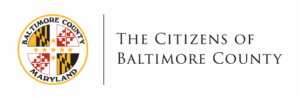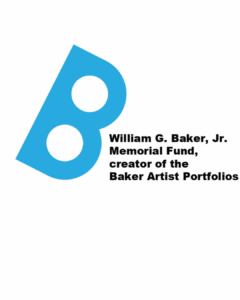About
We Invite you to join us in this work!
At the Jewish Museum of Maryland, our central charge is telling the story of Jewish Maryland and connecting people to Jewish experiences. The story of Jewish Maryland is deep, dynamic, fluid, and ongoing. We invite you to collaborate with us in the great task of telling this story.
Through generous capital investment, our Museum has been redesigned under the banner of “Building the Participatory Museum,” and that means transforming the relationship between the Museum and its audiences from presenter and viewer to collaborators and co-producers. We have redesigned the Museum’s architecture and updated its technologies to support a practice that prioritizes collaboration with community onsite and online.
The Jewish Museum of Maryland is embarking on the next era of its evolution from historical society to cultural center, and now: a fully formed 21st century museum. People hold a central position within our evolving practice. I invite you to join us in our work of enlivening the story of Jewish Maryland.

Sol Davis, Ph.D.
Executive Director
Mission + Vision
We connect people to Jewish experiences and Maryland’s Jewish community to its roots.
We inspire everyone to explore history, take action, and imagine a better future.
Values
People matter.
Things matter.
Place matters.
Learning matters.
Actions matter.
our Team
The Jewish Museum of Maryland is shaped by the dedication of our board, staff, and volunteers. Our board helps guide our vision, our staff brings creativity and care to everything we do, and our volunteers help connect us to the community.
Explore Our History
1958
1960
1961
1962
1963
1964
1965
1966
1967
1971
1972
1973
1975
1976
1977
1978
1980
1981
1982
1983
1984
1985
1986
1987
1988
1989
1990
1991
1992
1993
1994
1995
1996
1997
1998
1999
2000
“A pillar for so many in terms of the archaeologies of Baltimore families and a rich cultural heritage, the JMM is entering an important new chapter that continues to honor these values and stories, while also welcoming the vibrancy and polyphony of artists and the younger generations.” – Asma Naeem, Dorothy Wagner Wallis Director, The Baltimore Museum of Art “The Jewish Museum of Maryland is the keeper and teacher of our collective past, both the past of yesterday made by our ancestors and the past of tomorrow that we are making now.” – Rabbi Nina Beth Cardin “The JMM features a unique and genuine look at Jewish life and tradition today, melding tradition with wide ranging innovation. They are field leaders, pushing the boundaries with boldness and curiosity that is helping to redefine how we approach Jewish art and tradition today. I’m proud to have colleagues and collaborators in the JMM.” – Laura Mandel, Executive Director, Jewish Arts Collaborative



